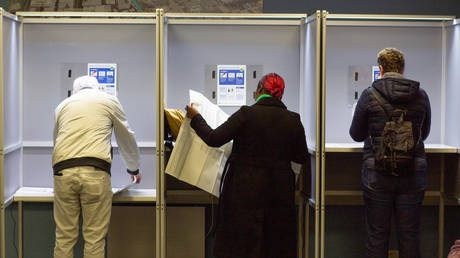New Mafambisse secondary school already faces water and energy debts
The recently inaugurated Mafambisse Secondary School, located in Dondo district, Sofala province, has already accumulated debts with public utility companies, namely FIPAG (Water Supply Investment Fund) and Electricidade de Moçambique (EDM).
This information was revealed by the school’s director, Baltazar Zunguze, in an exclusive interview with TORRE.News.
According to Zunguze, the most significant debt is for electricity, with the school currently behind on two bills, amounting to just over 200,000 meticais.
"As of now, we have two outstanding invoices with EDM, and regarding water, we also have some bills pending, but we have a water borehole that helps us reduce the costs of water from FIPAG," Zunguze explained.
He further noted that, given the size of the facility, the high electricity costs were anticipated.
"We spend the most on lighting. In months when the bill is relatively low, we’re talking about around 100,000 to 105,000 meticais, and during peak months, the bill reaches around 115,000 meticais," he added.
Regarding the risk of power cuts, the school director stated that the public electricity company usually contacts the school administration to discuss payment delays, which has so far prevented any disconnection.
"Usually, they call us when two bills are overdue. So, when there are two outstanding invoices, they call to find out what’s going on because when it reaches the third overdue bill, it would be much more complicated to settle the debt," he explained.
In addition to water and electricity, the school is also struggling with a shortage of teachers for the French language. Despite having opened a recruitment process, the administration does not know when the newly hired teachers will be able to start teaching to fill the gap.
It is worth noting that Mafambisse Secondary School is the largest school in the country built after independence, with an investment of 13 million dollars, funded by the Tzu Chi Mozambique Charity Foundation.
The facility, inaugurated in January, has a capacity to accommodate 8,700 students.






















